Description
HISTORY OF THE K CLASS
L.B. Billinton’s very handsome “K” Class mogul was one of the most successful LBSC designs ever produced. These locos, though following “Brighton” tradition in styling, were quite innovative for the LBSC, firstly with the wheel arrangement (they were the first 2-6-0s seen on Brighton metals), with the Belpaire firebox (the first time one was fitted to a Brighton locomotive).
Built to eliminate double-heading of C2X class 0-6-0s they had to have good acceleration for working heavy goods trains in the London area, thereby minimizing delays to the suburban services. Nos 337 and 338 were built in 1913, 339-341 in 1914 and 342-346 in 1916. More were required but wartime restrictions led to a clamp down on further building so it wasn’t until Government control was withdrawn in 1919 that more could be built. Ordered that same year, Nos 347-350 appeared in 1920, followed by the last of the class, Nos 351-353 in 1921. At one time a 2-6-2 tank version, at first designated Class F*, then later Class K2, was proposed, but the final batch of tender locos was built instead**.
Designed as a Heavy Goods Locomotive, the class spent much of its early years working munitions trains to Newhaven. In order to accommodate them there a brand new, 60 foot, ball-bearing turntable was built at Brighton Works and installed at Newhaven in 1917.
In Southern Railway, their work saw little change with the occasional passenger working. This also lasted into British Railways ownership until withdrawn in 1962 for “bookkeeping” rather than “operational” reasons.

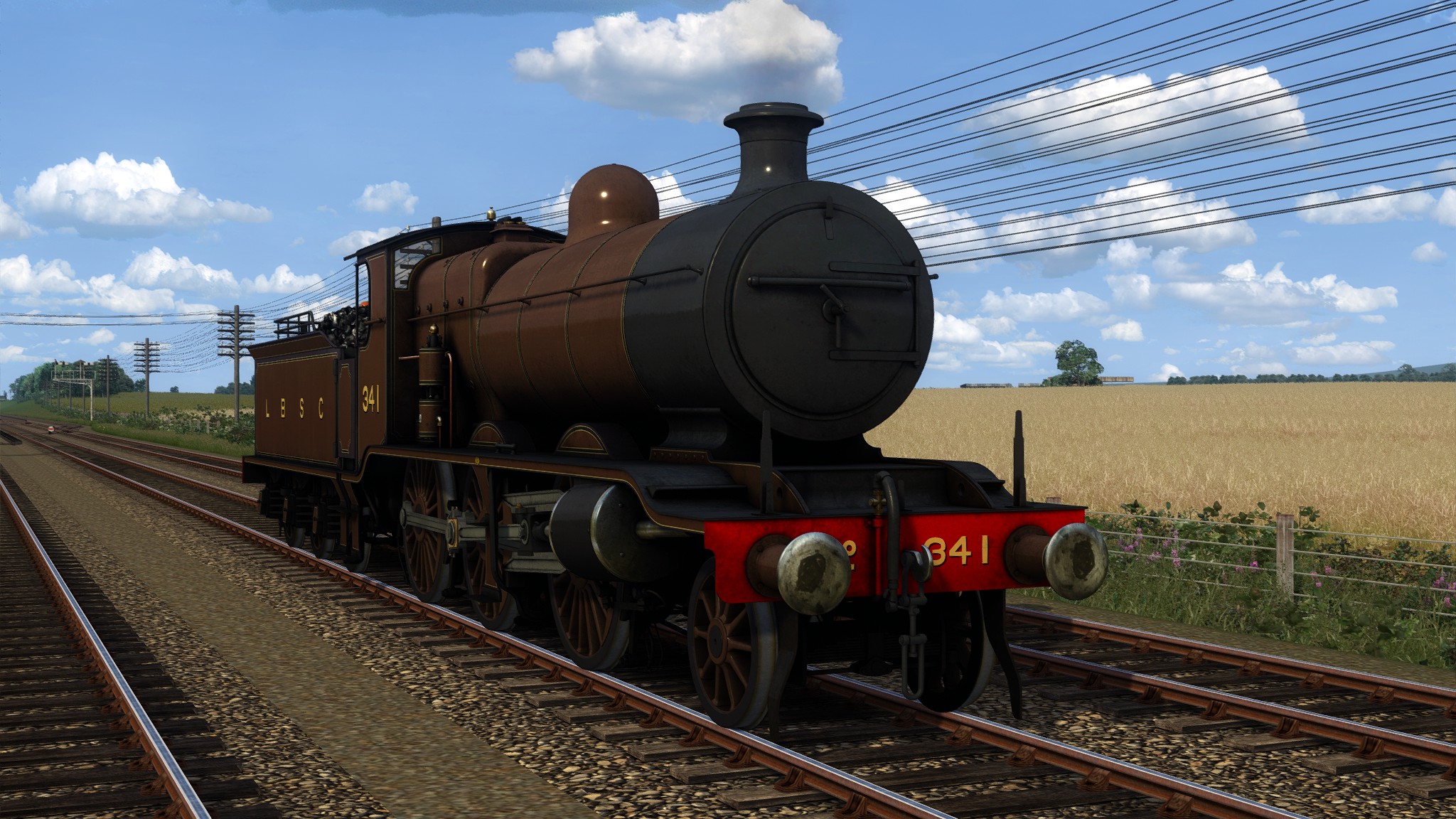
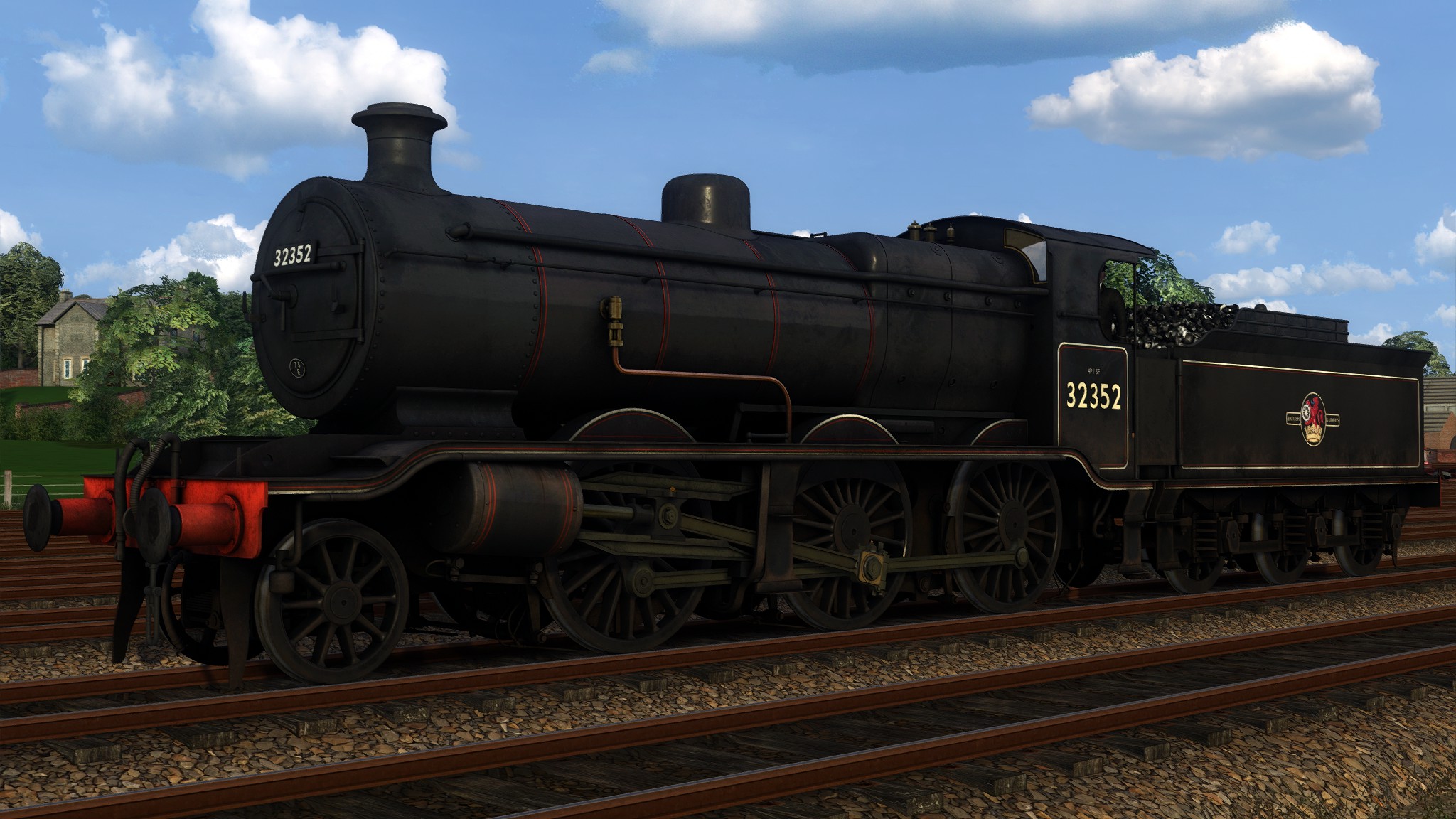
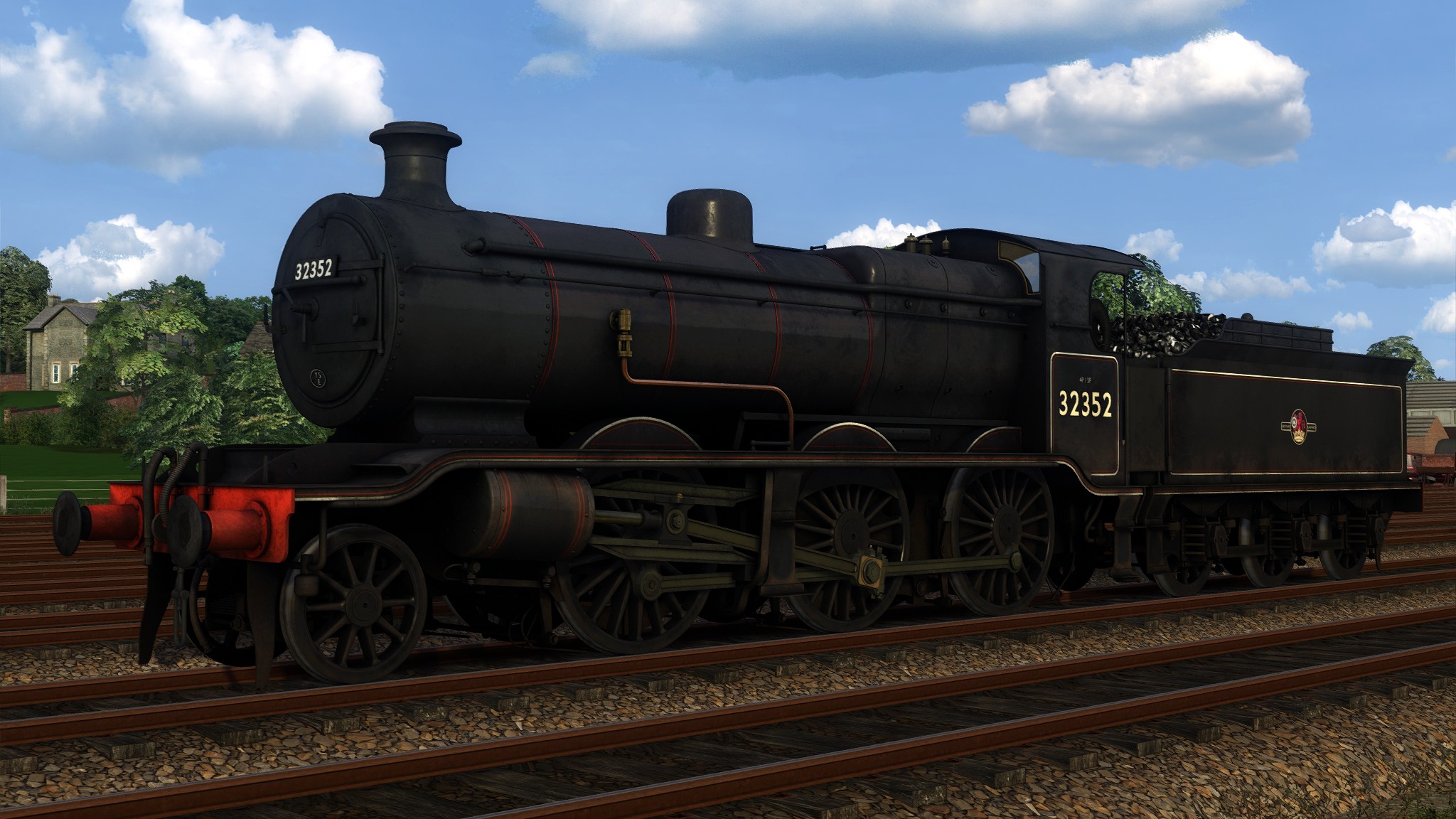
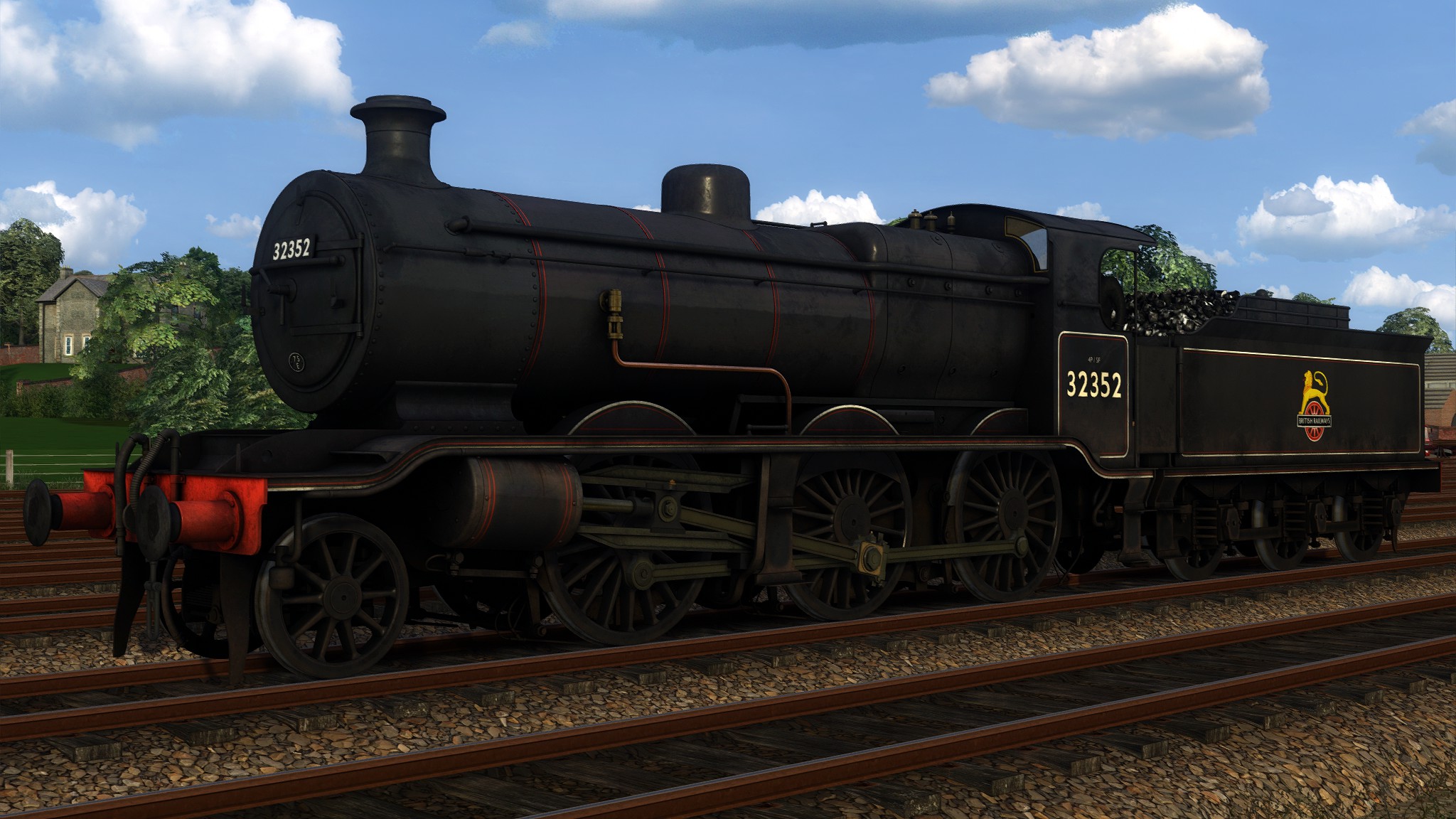
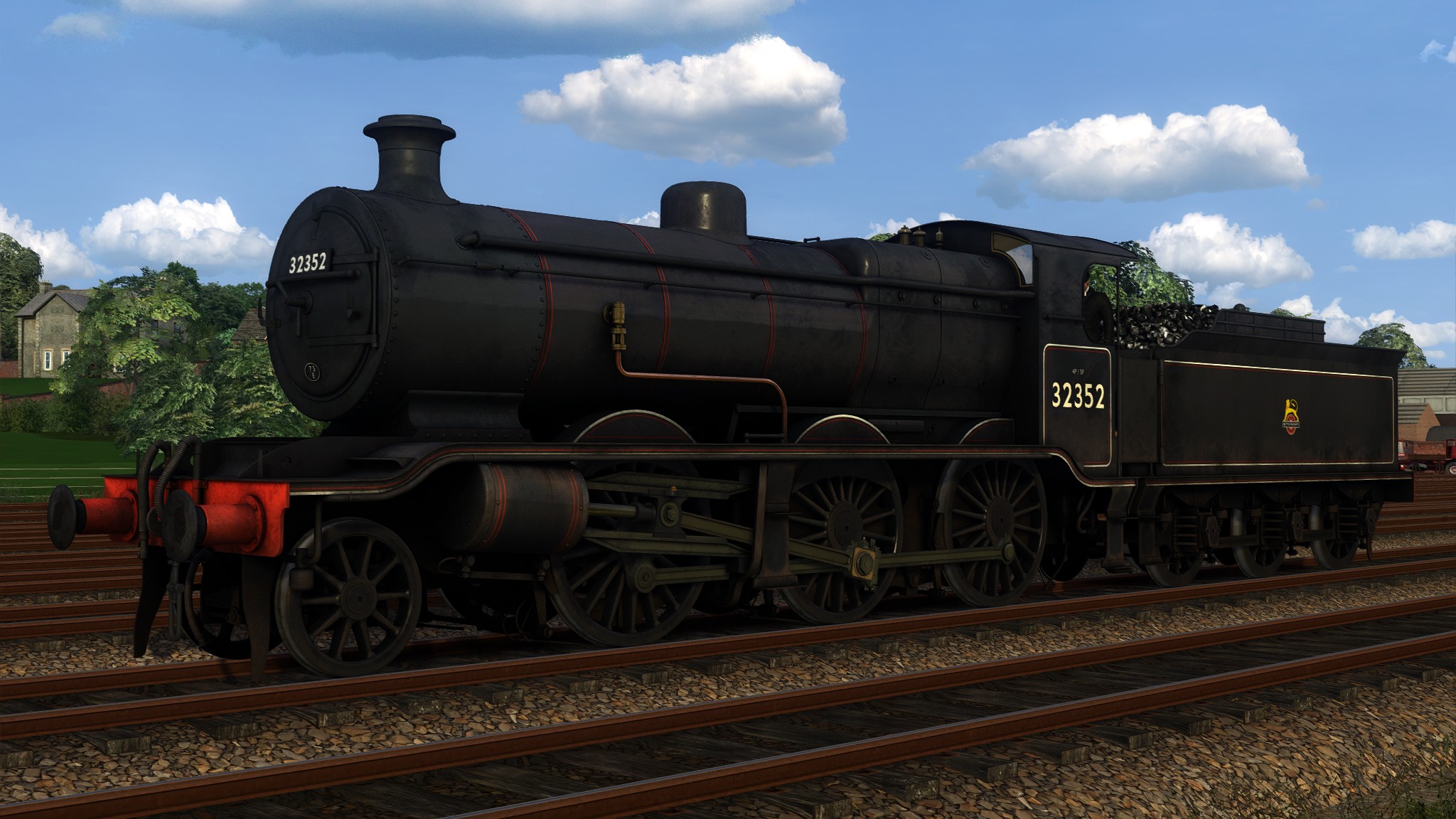
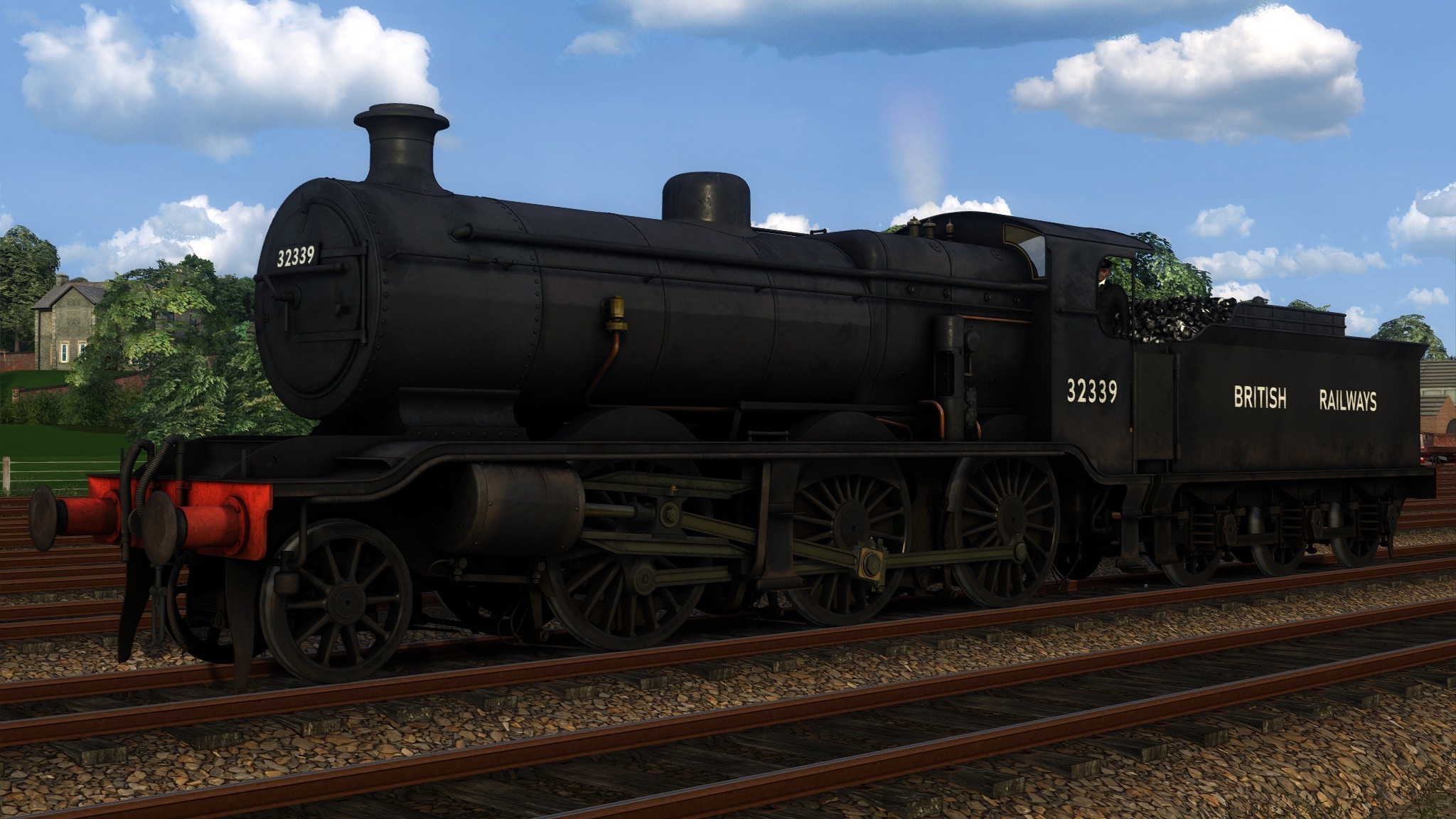
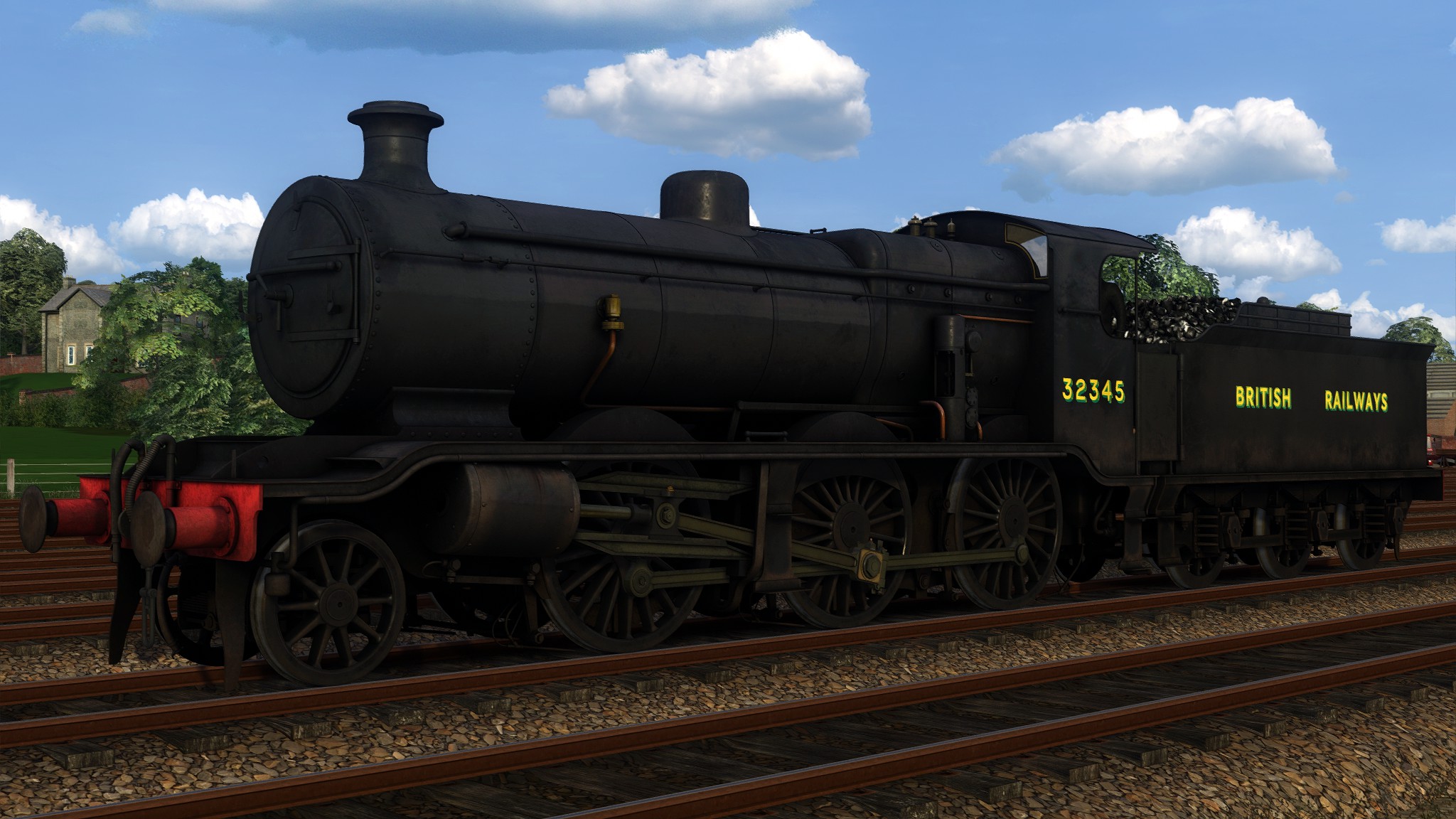
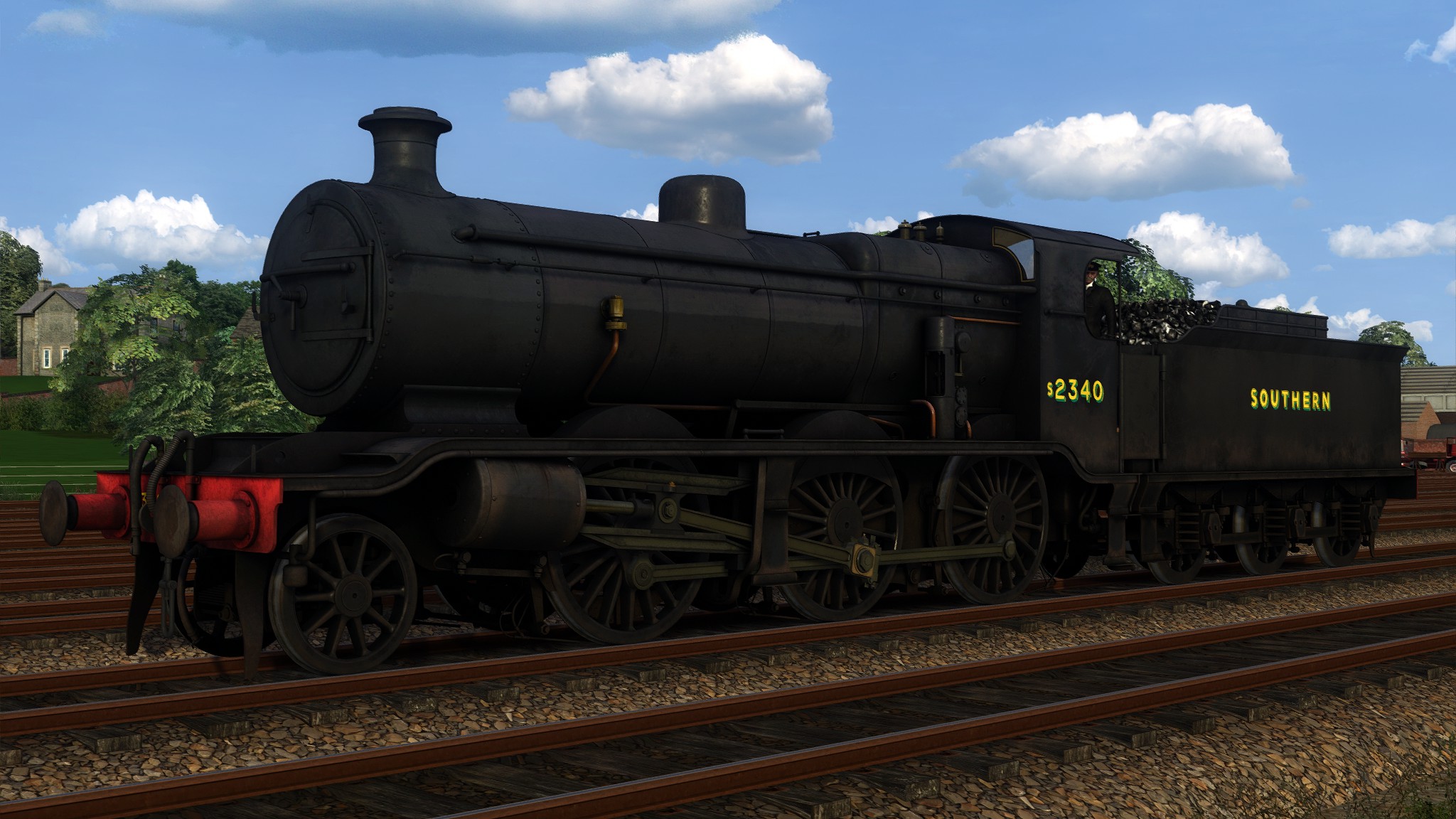
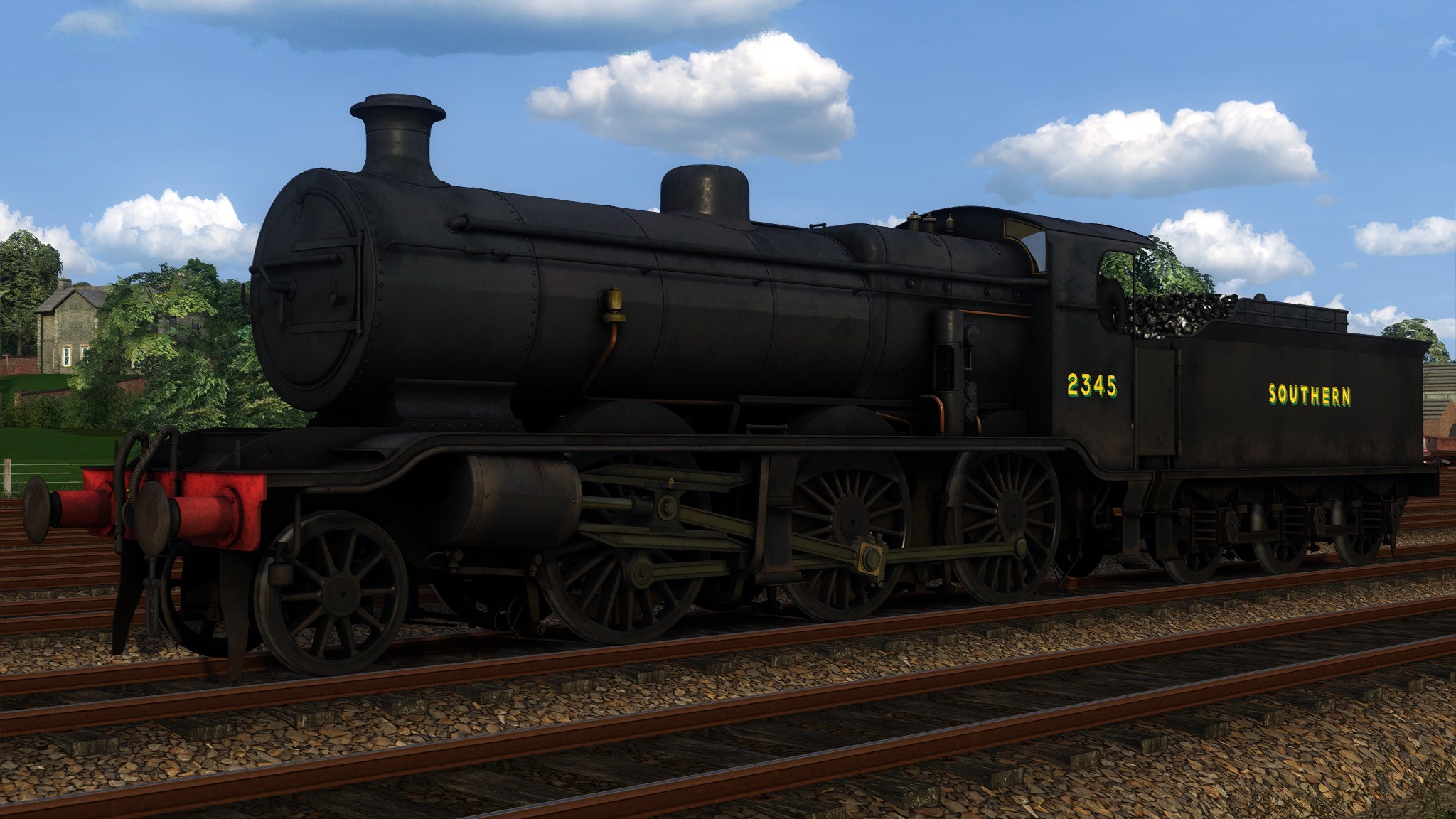
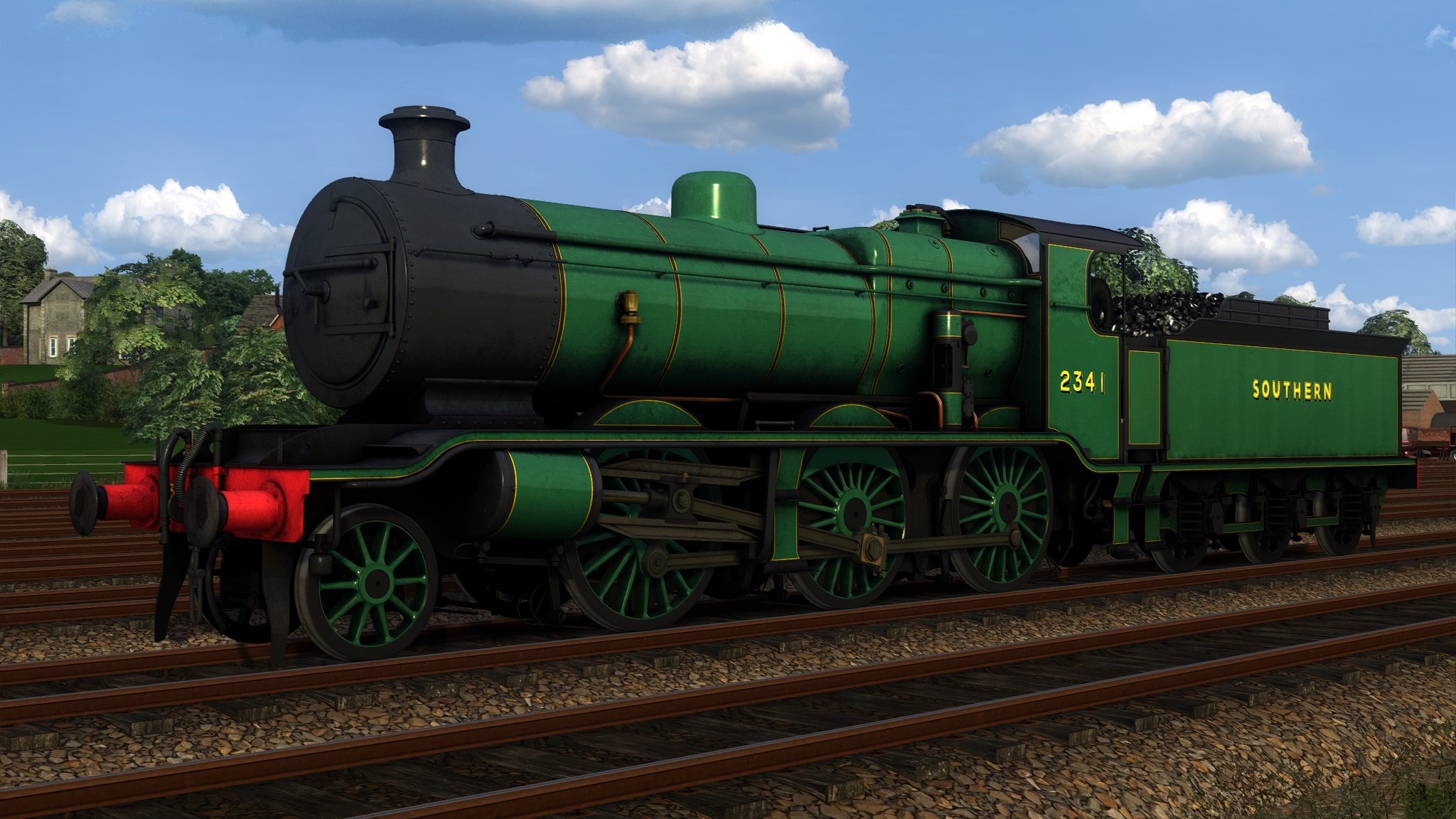
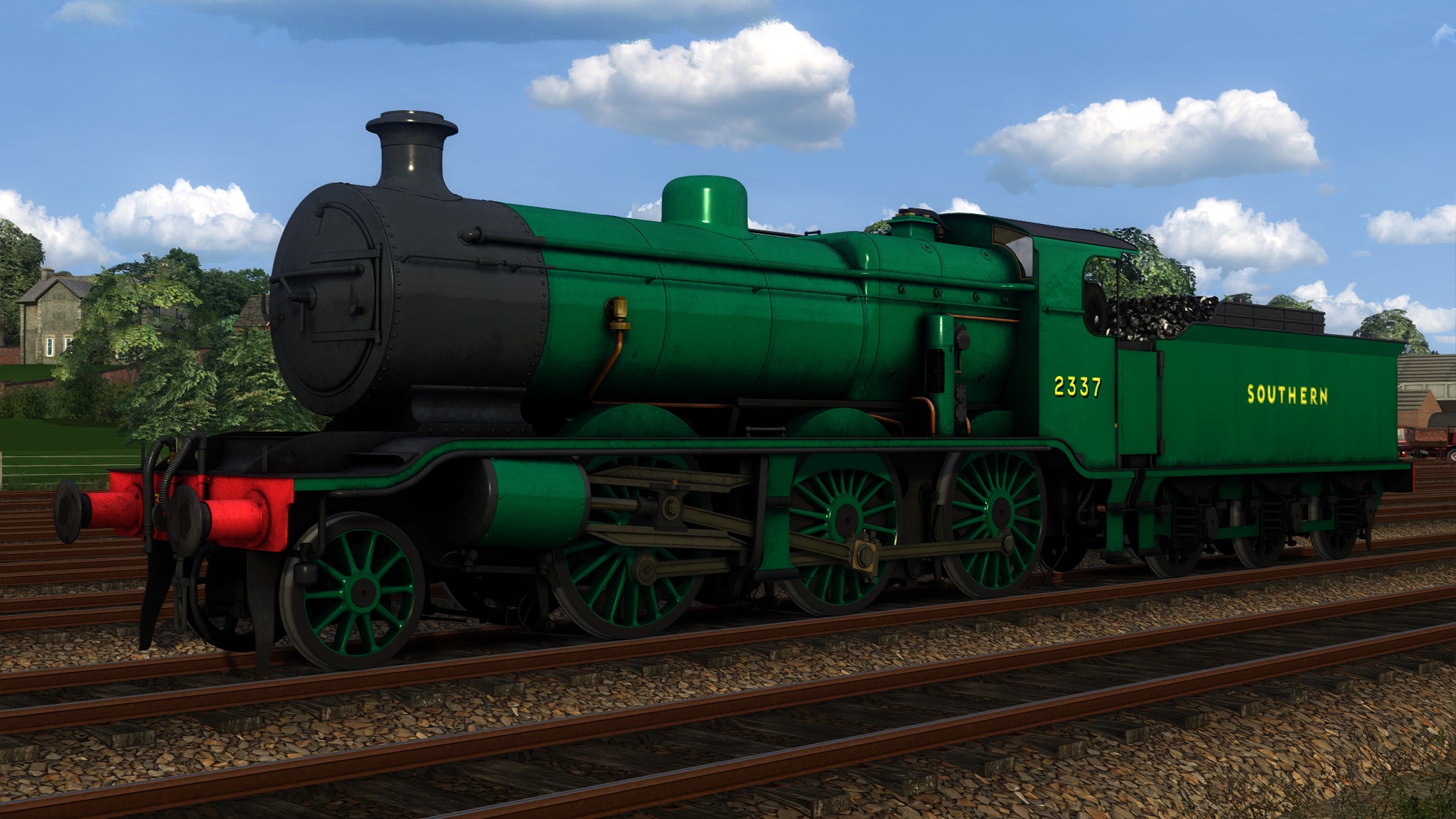
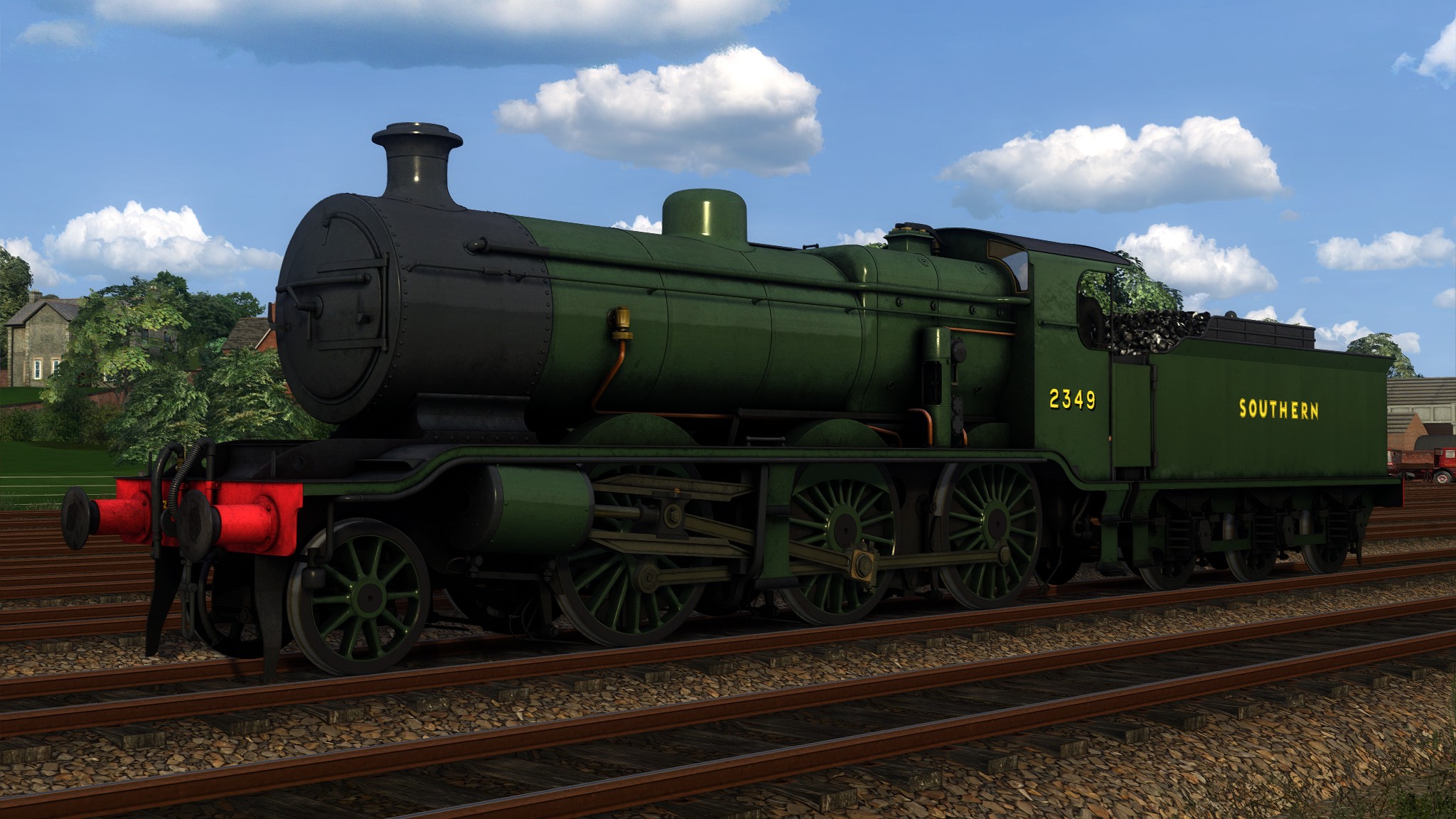
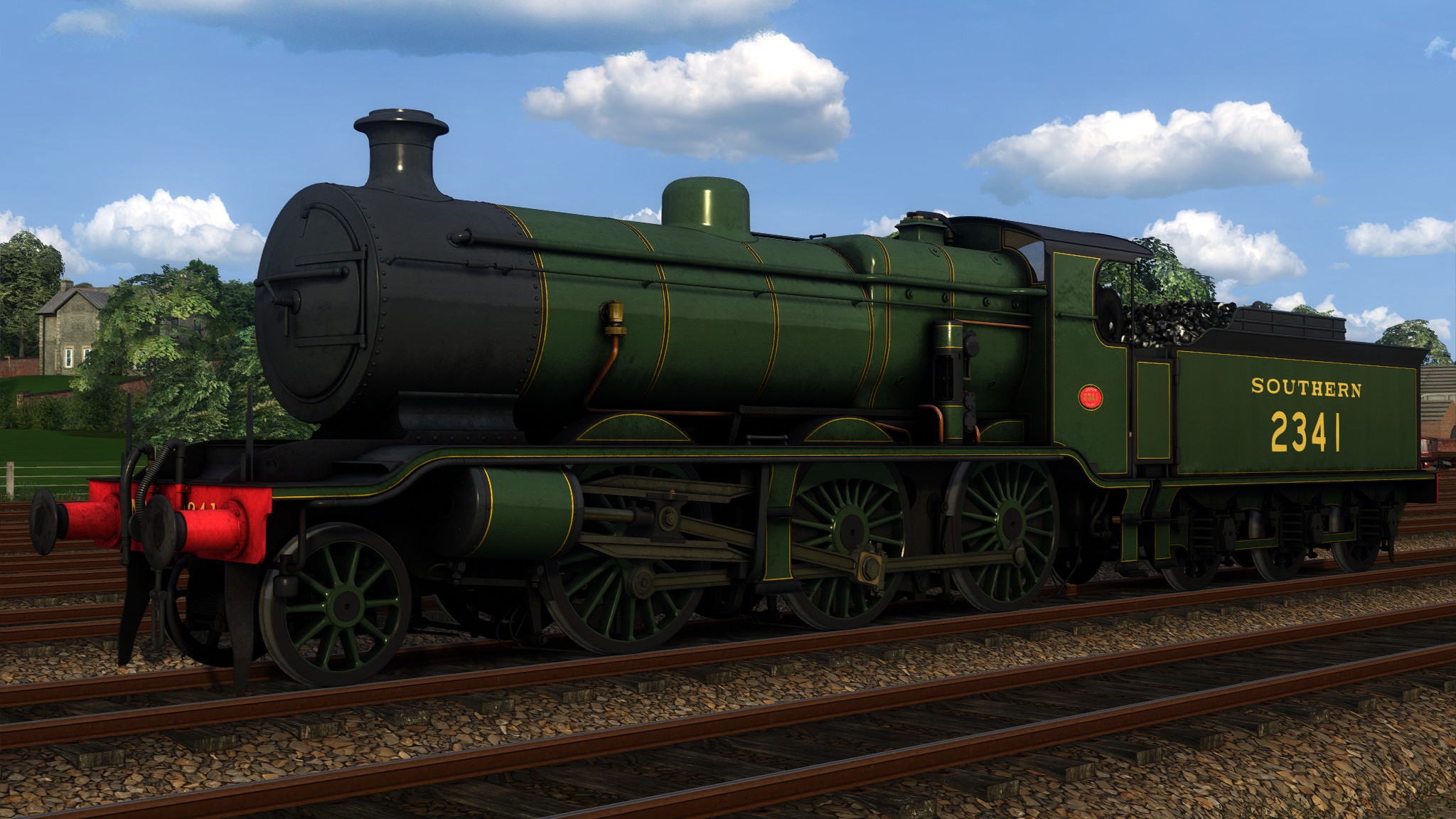
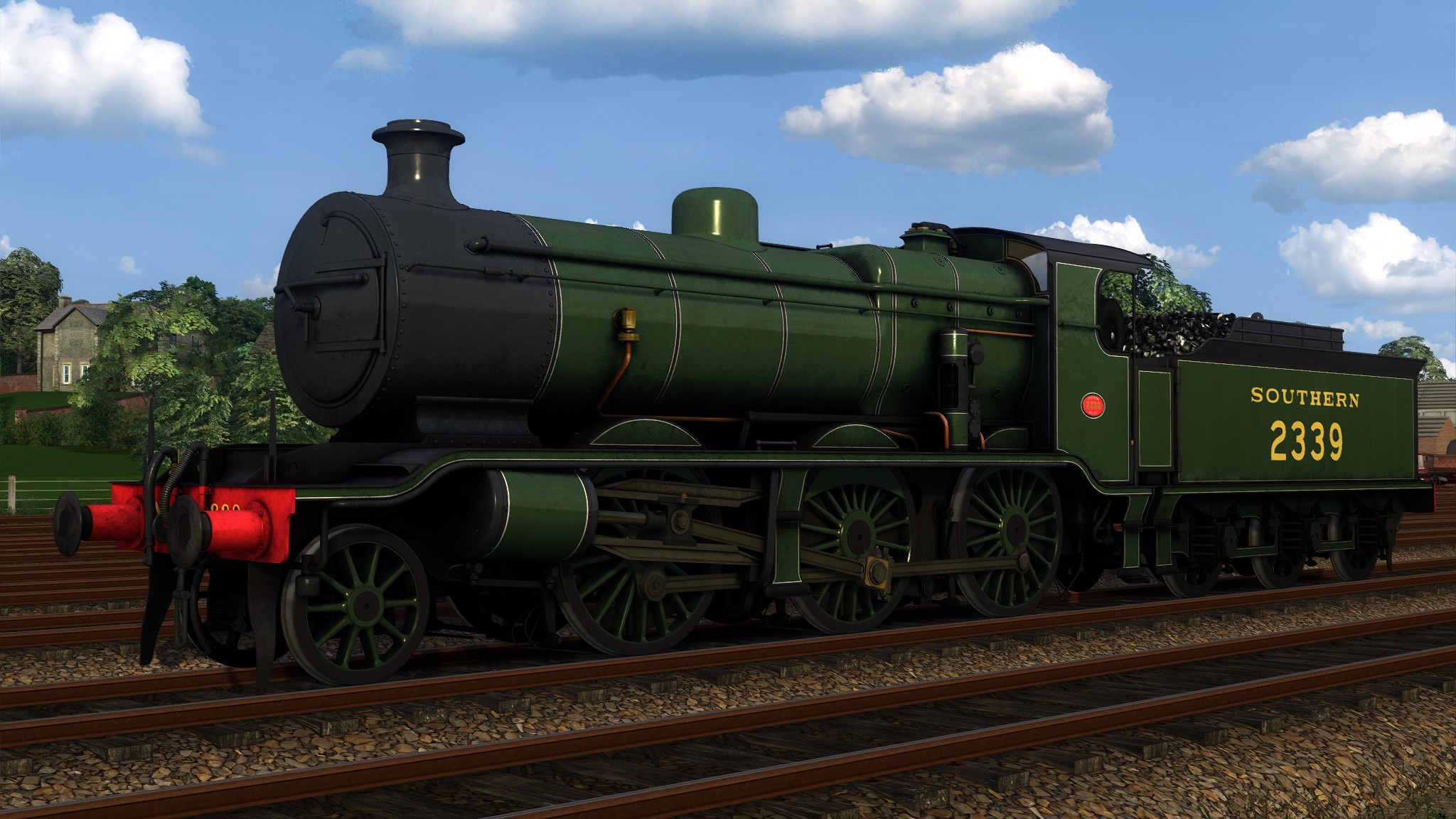
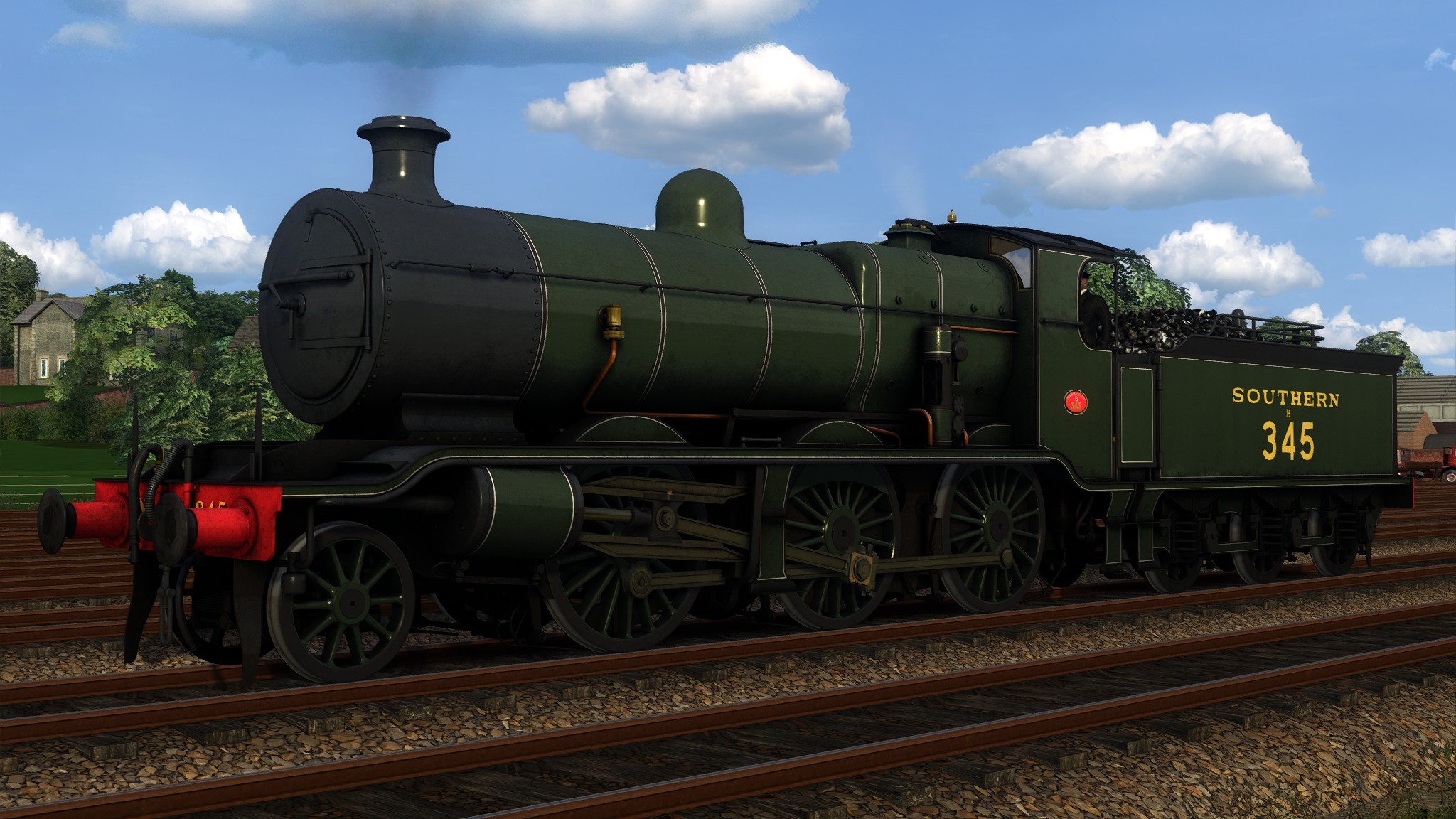
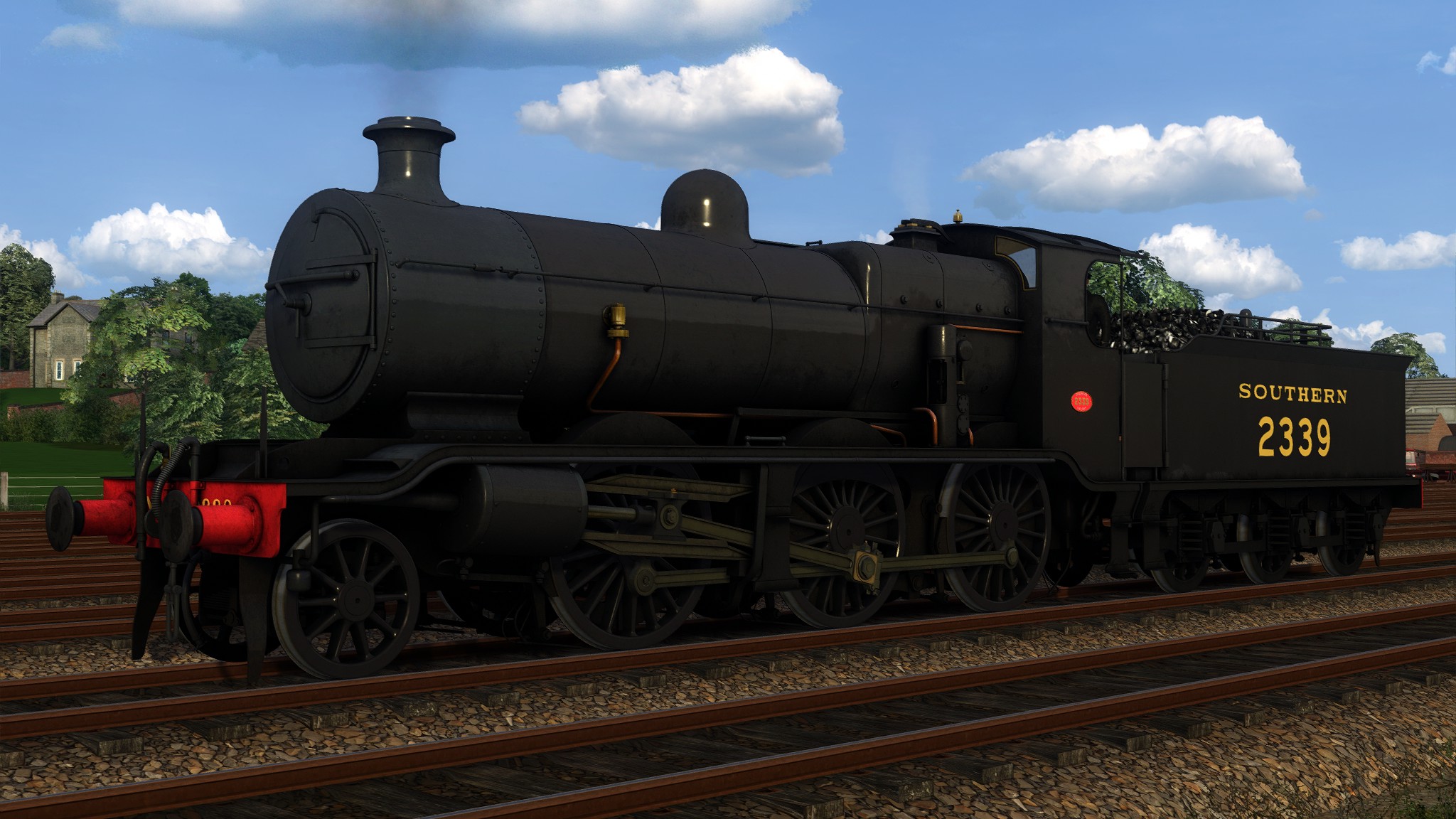
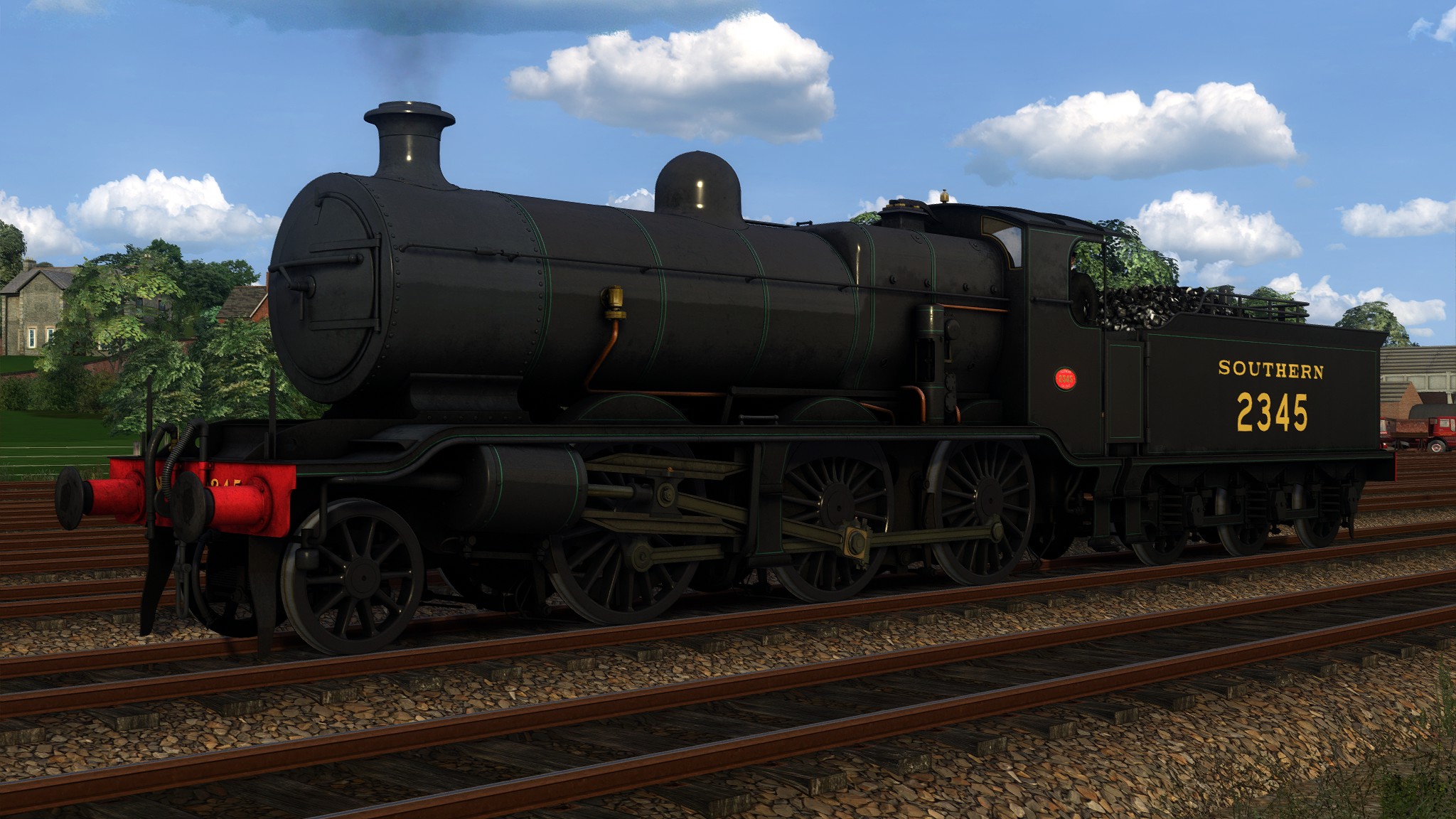
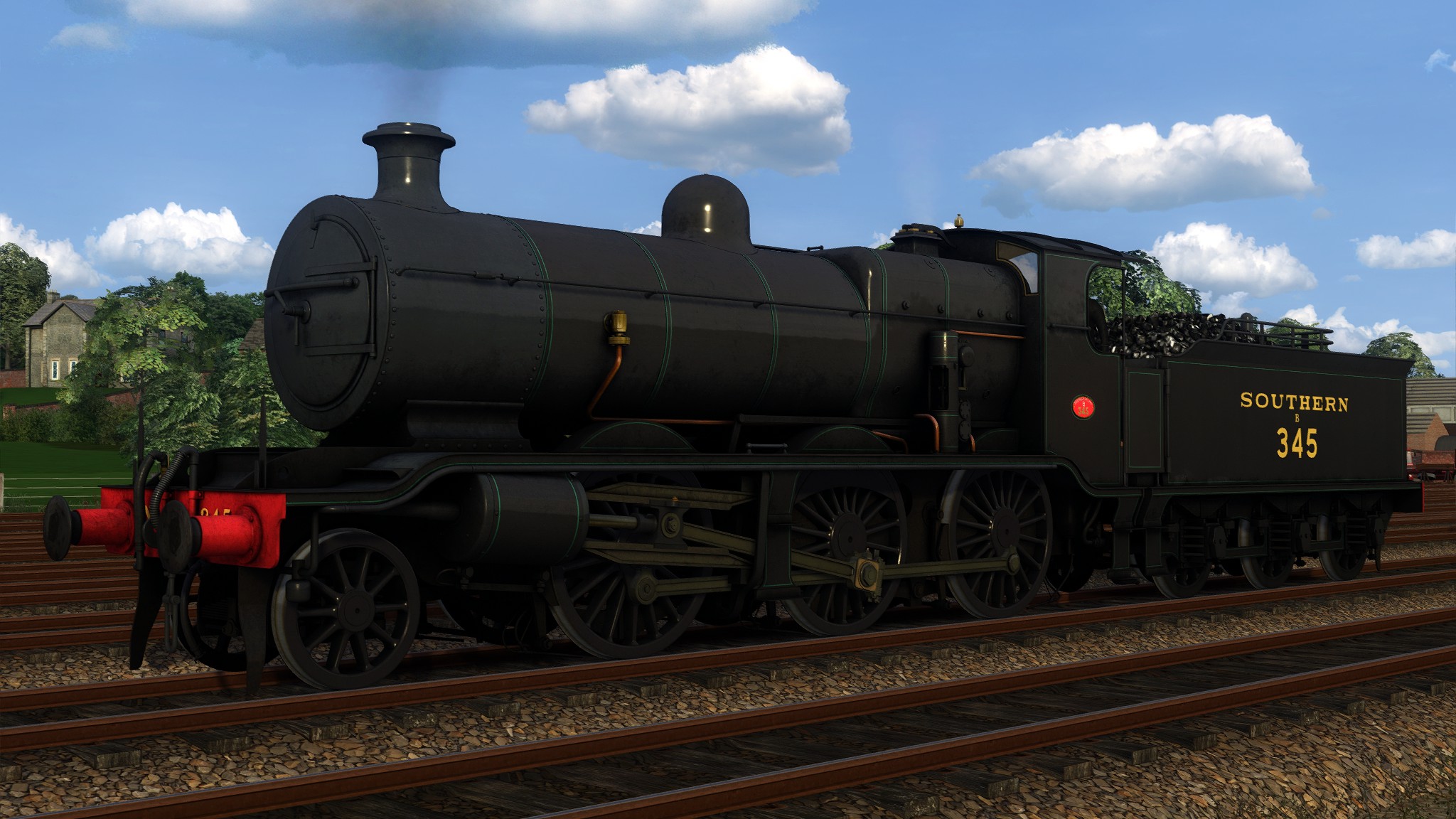
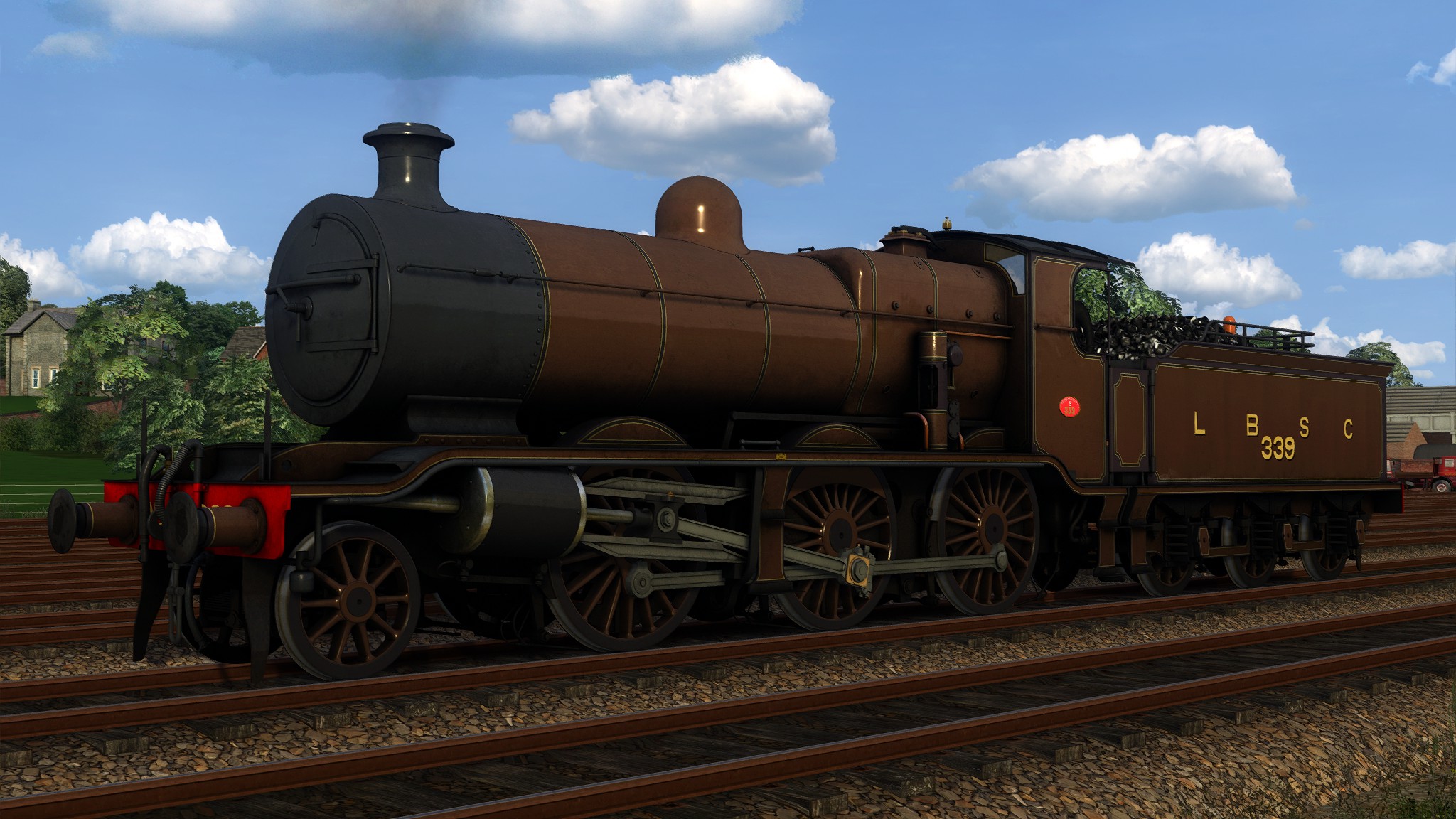
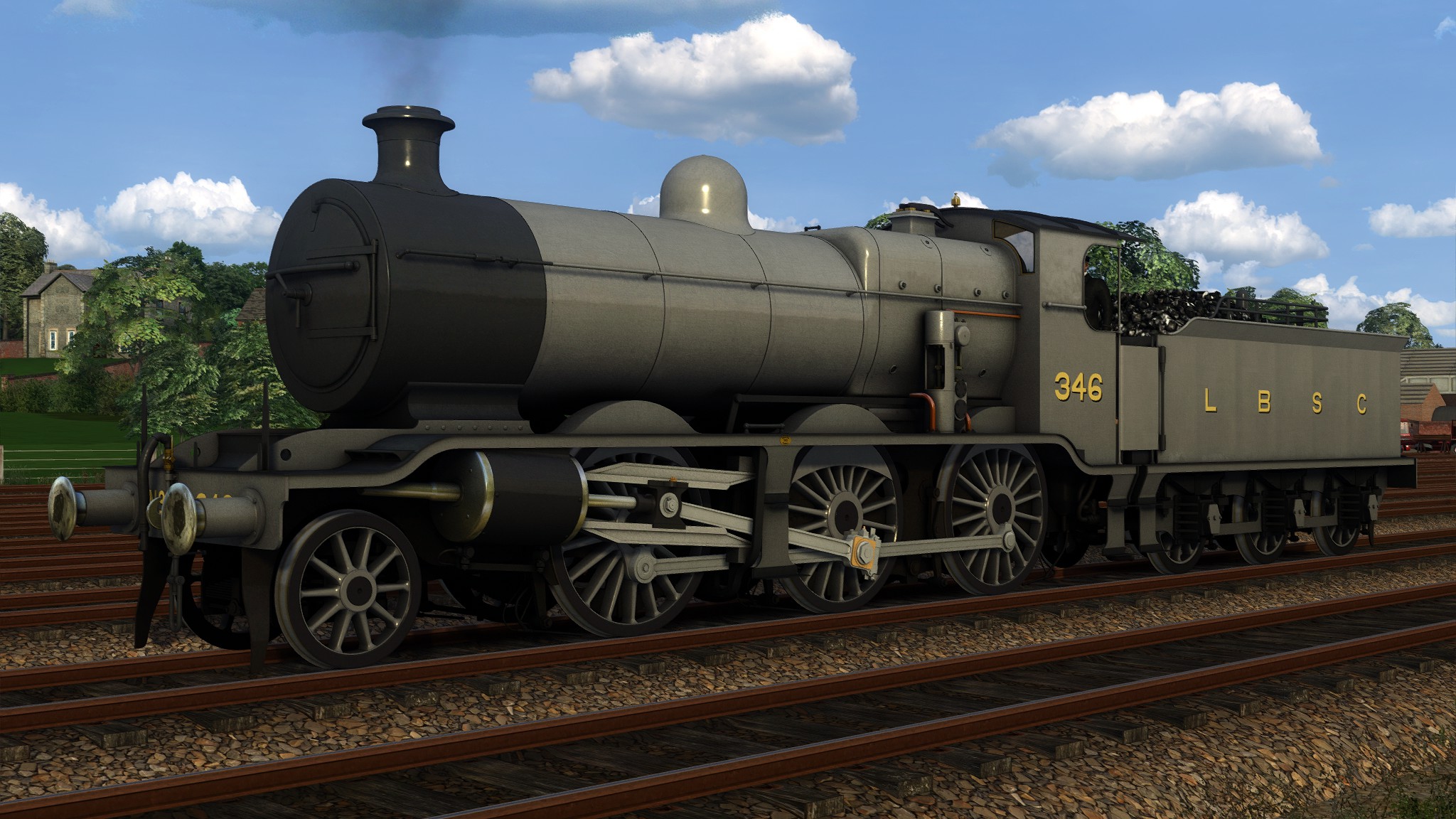
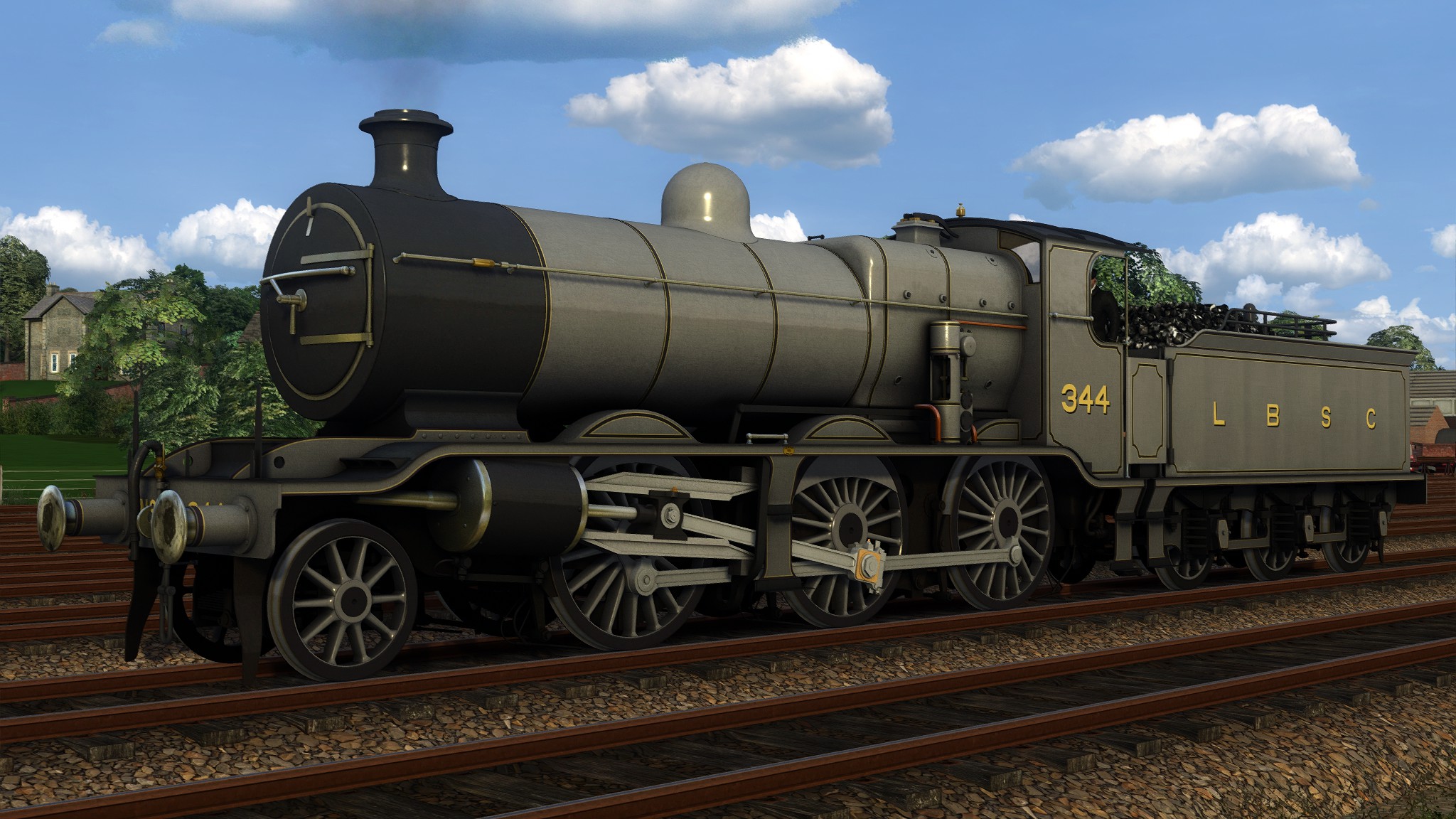
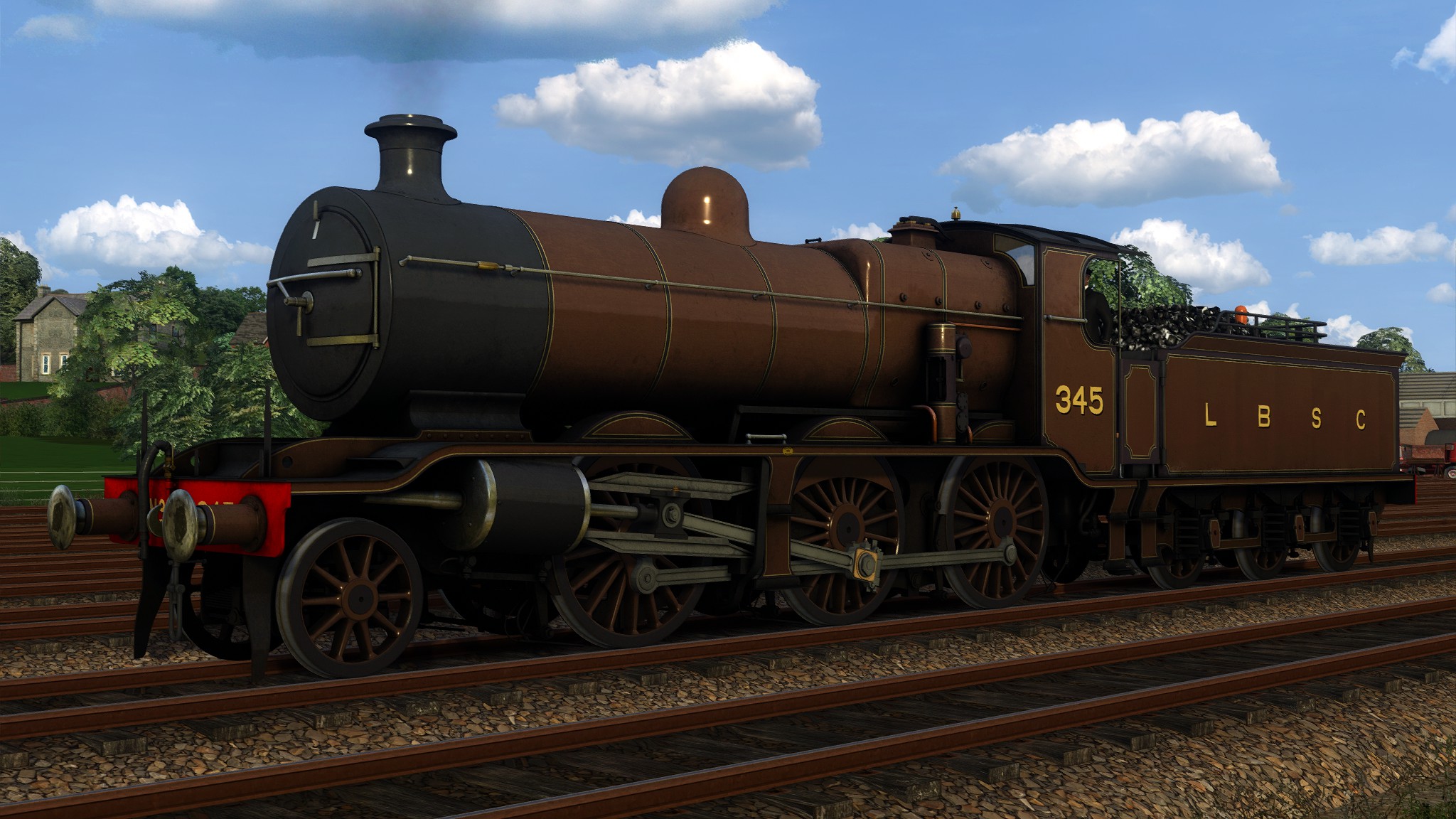
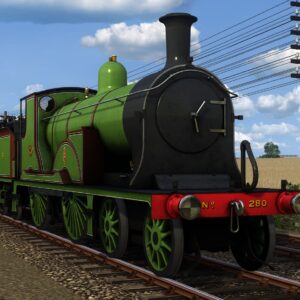
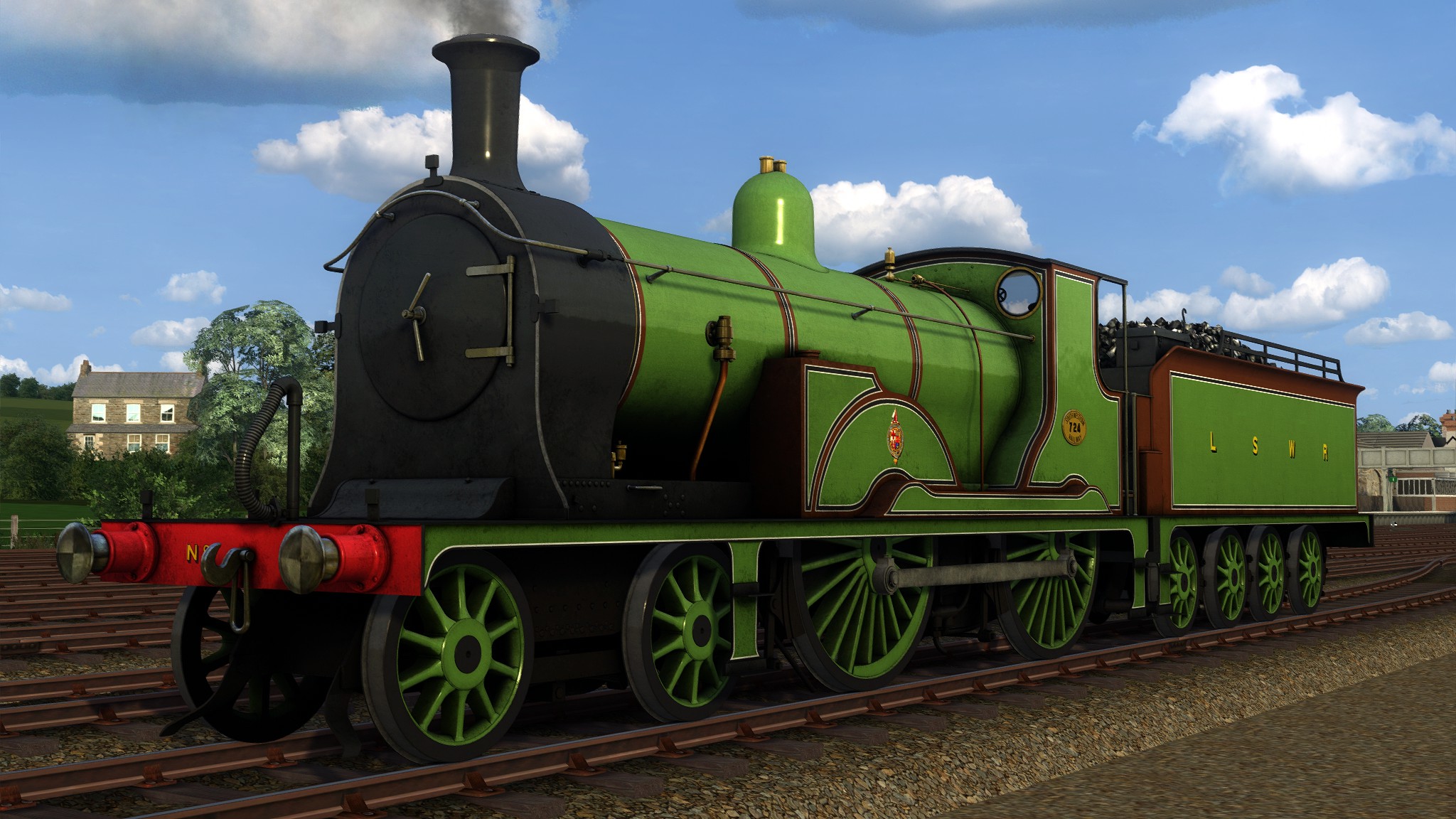
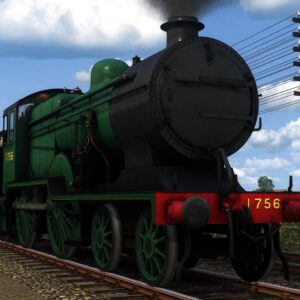
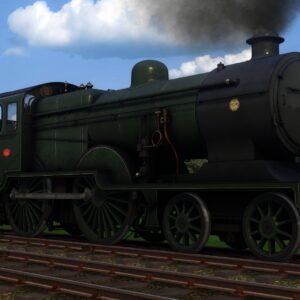
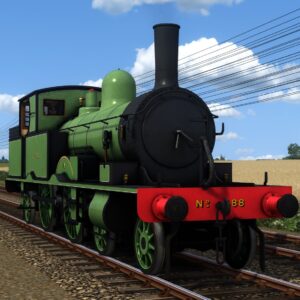
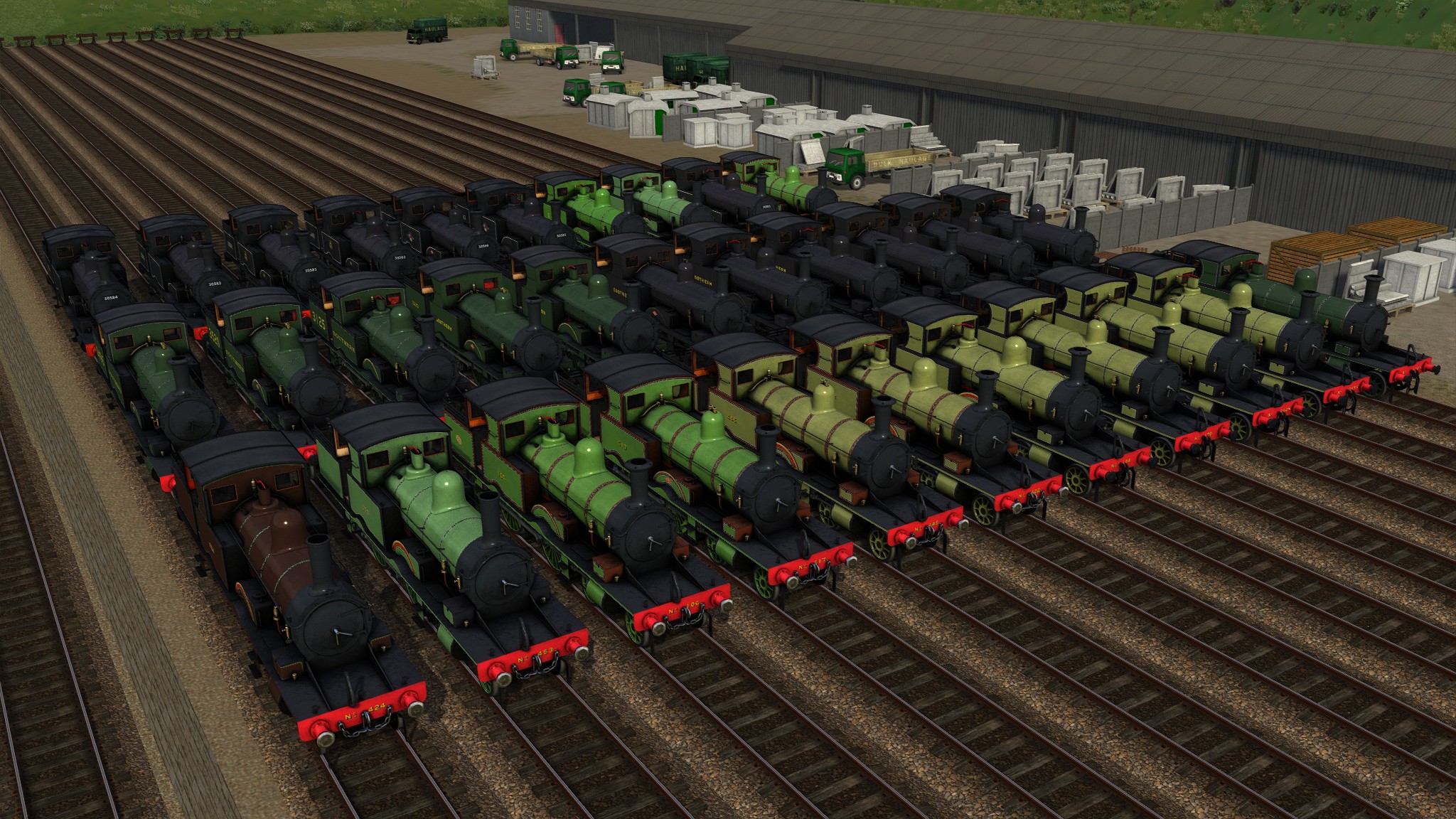
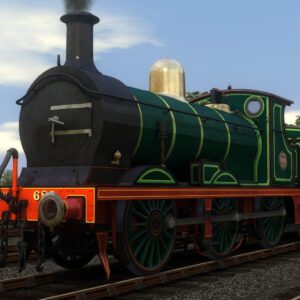
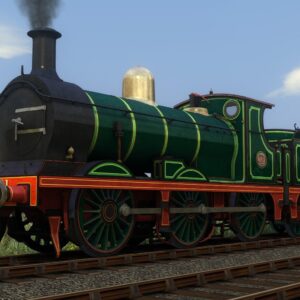
Reviews
There are no reviews yet.